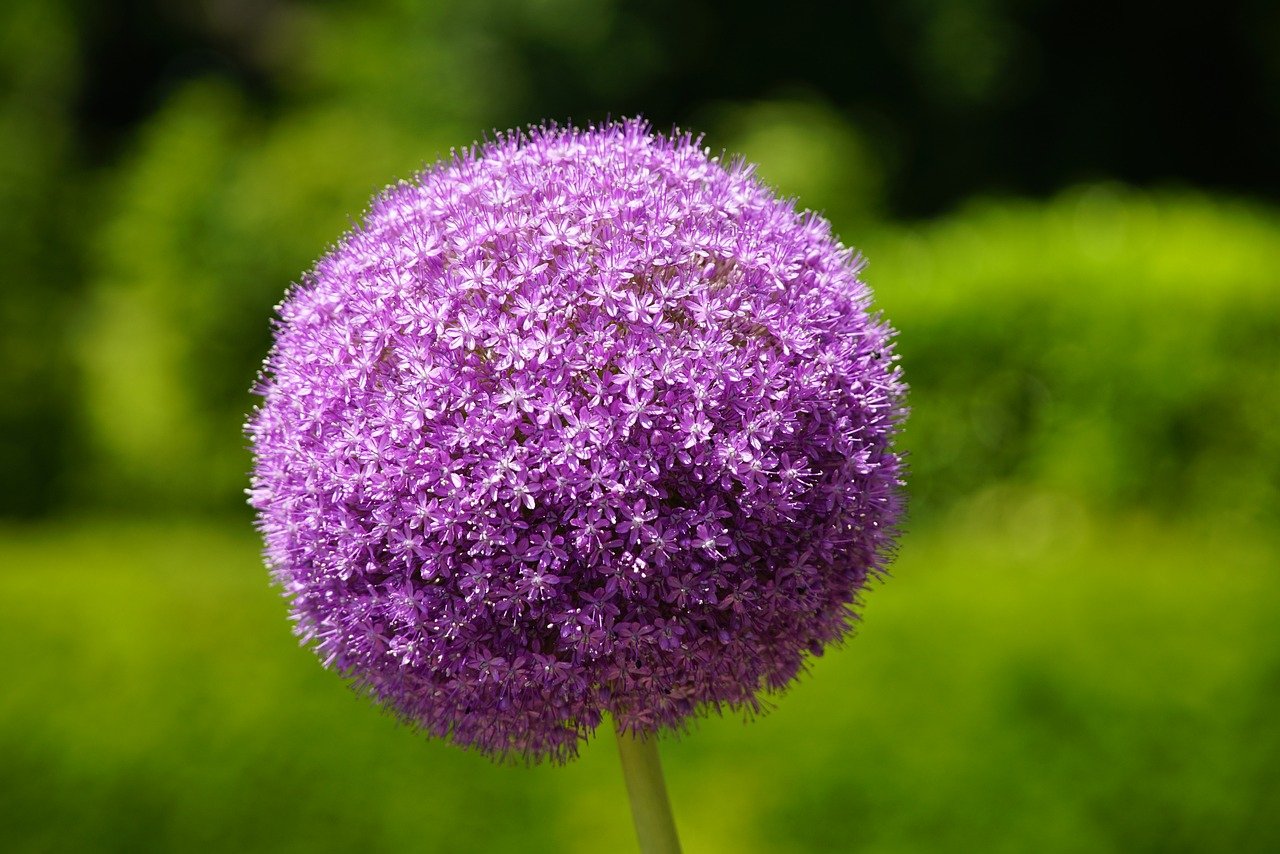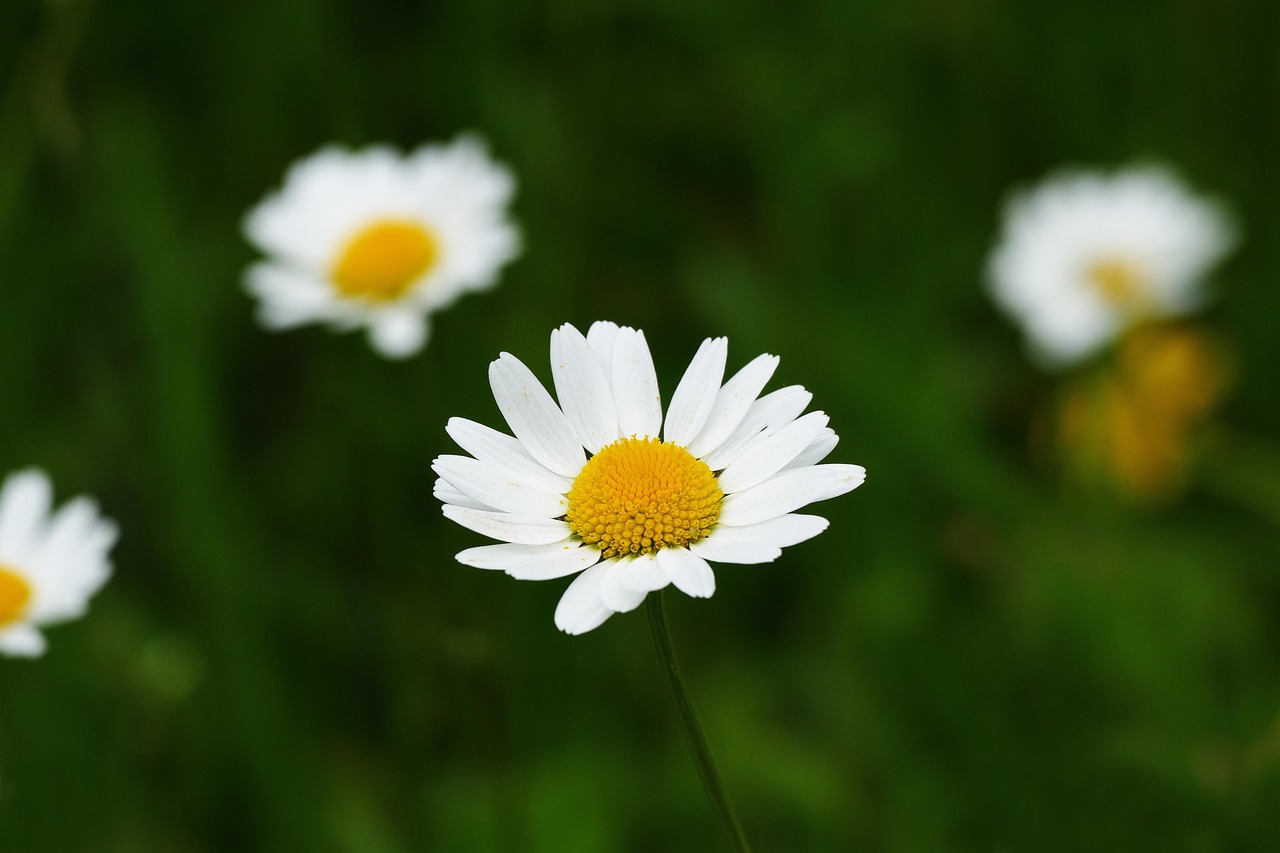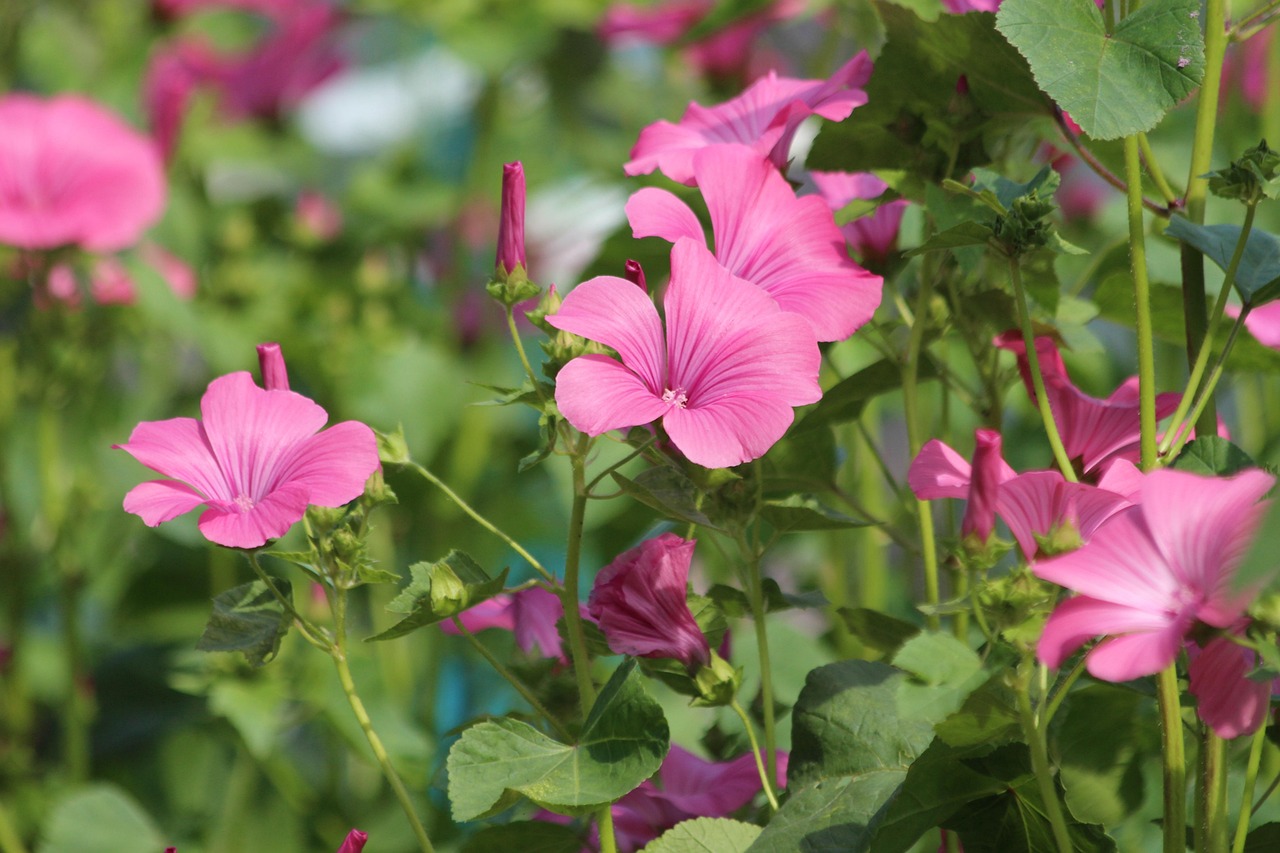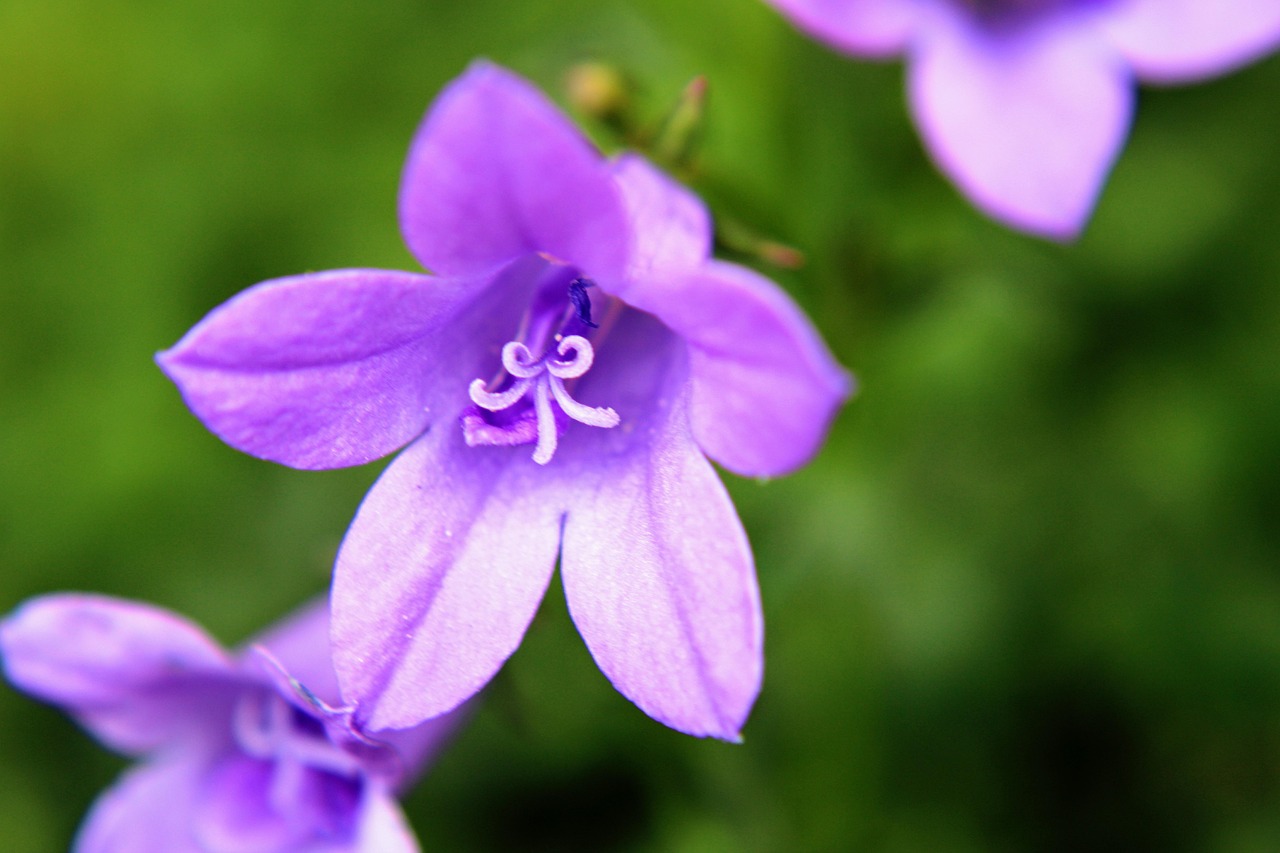Gladiolus | The Flower of the Sword, A Proud Symbol of Ancient Rome
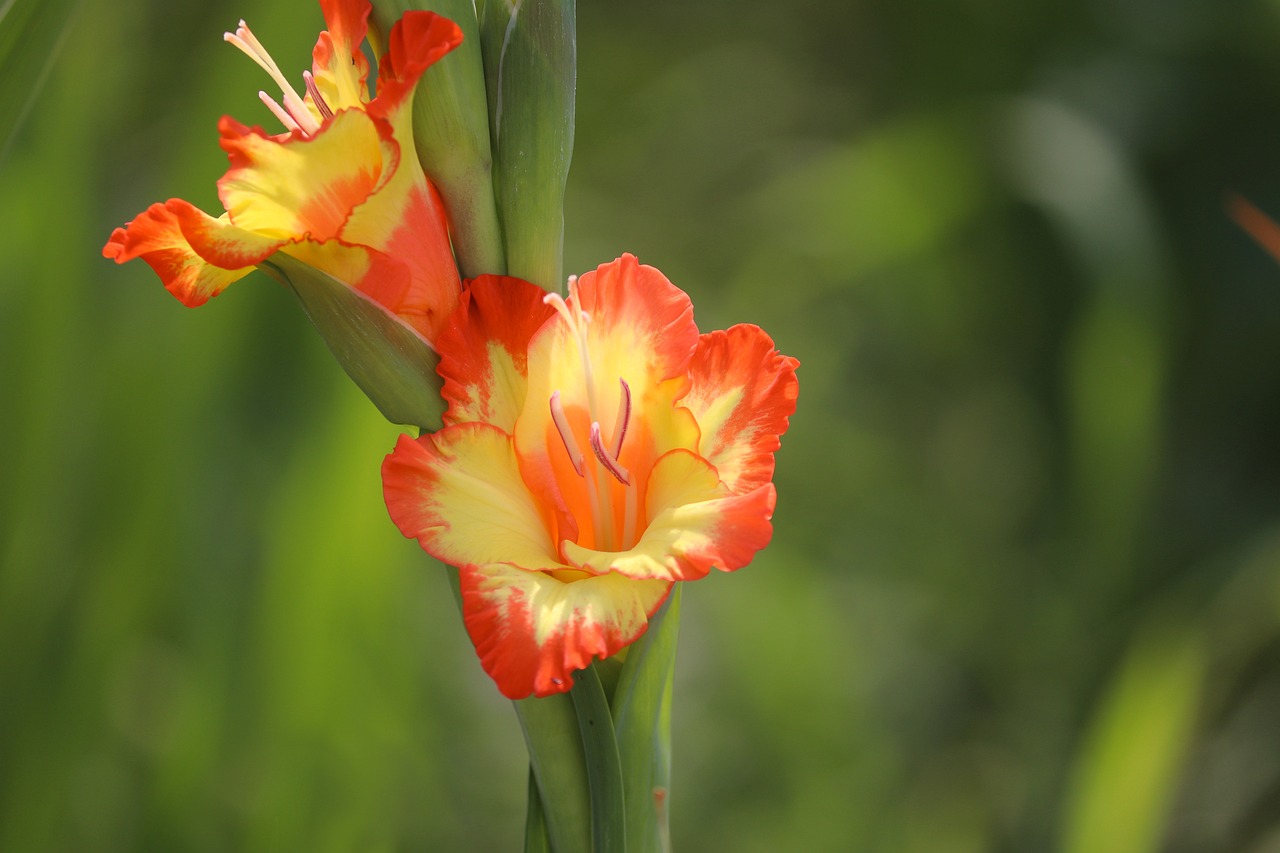
The gladiolus is a magnificent flower that graces summer gardens with its bold presence, characterized by tall spikes adorned with blossoms in a wide range of colors.
Its beauty makes it a popular choice for both gardens and floral arrangements, creating striking and impactful displays.
In this article, I will introduce the gladiolus in detail, covering its basic information, cultural significance, history, and cultivation tips.
Basic Information
- Scientific name: Gladiolus
- Family: Iridaceae
- Origin: South Africa, Mediterranean region
- Appearance: Gladiolus plants are known for their tall stems lined with large flowers in red, pink, yellow, white, purple, and many other hues. They grow to a height of 60–120 cm and have a commanding presence in any setting.
- Blooming season: From early summer to autumn, with a long flowering period.
Cultural Significance Worldwide
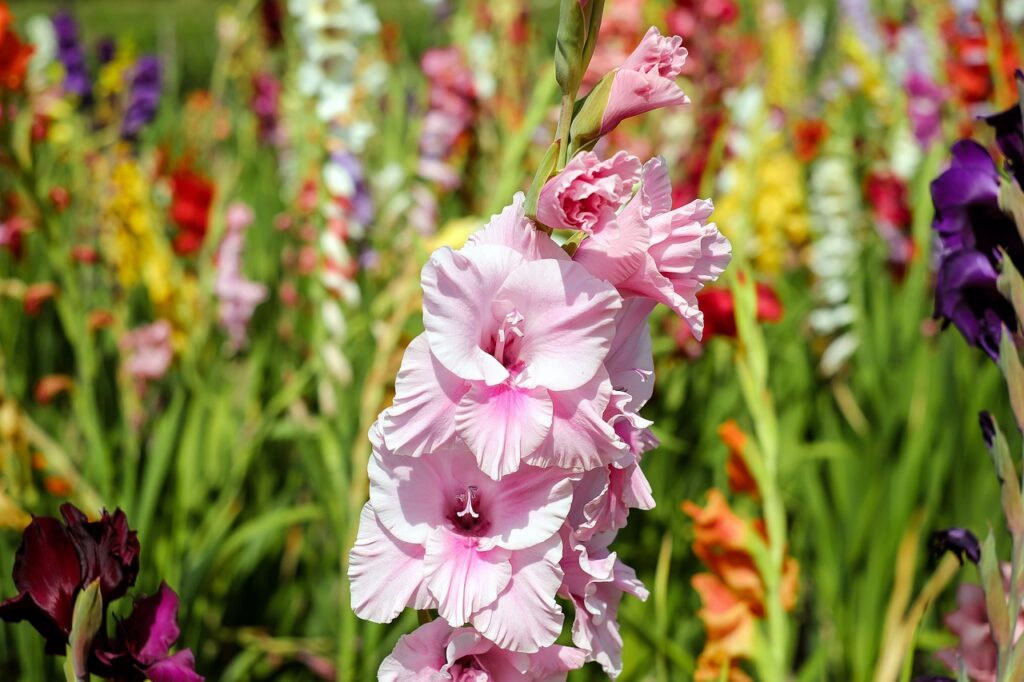
Gladiolus is cherished around the world and plays an important role, especially in floral arrangements and ceremonies.
In the Netherlands, it is considered the “flower of victory” and is often presented to celebrate winners of sporting events. For example, marathon finishers traditionally receive gladiolus flowers, symbolizing triumph and glory.
In France, gladiolus is also embraced in garden design, where it is used to emphasize vertical lines. Its tall spikes add depth and dimension to gardens, while the vivid blossoms attract the gaze of visitors.
Historical Background
The name “gladiolus” comes from the Latin word gladius, meaning “sword.” In ancient Rome, the flower symbolized victory for gladiators, with its long, sword-like stems representing the glory of warriors.
During the 19th century, the gladiolus gained popularity in Victorian England, where horticulturists developed countless cultivars, resulting in the diverse range of modern varieties we see today.
Being native to South Africa, the flower astonished European botanists when first introduced, and it quickly spread across the continent.
Gardening Advice
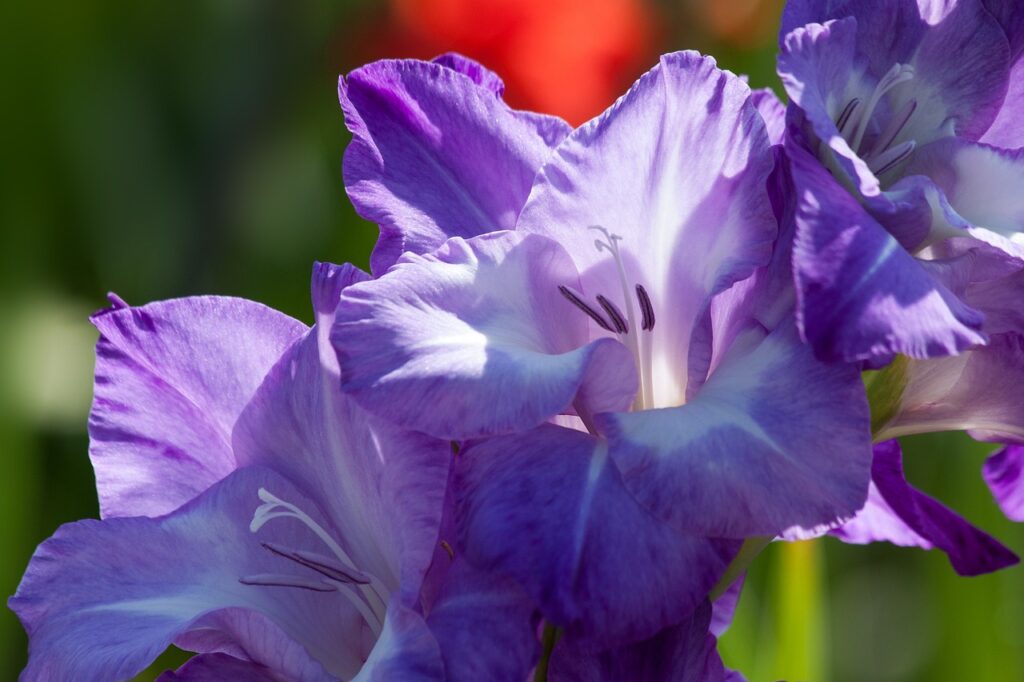
Gladiolus is relatively easy to grow and adds a striking touch to any garden.
It thrives in sunny, well-ventilated areas. Plant the bulbs about 10–15 cm deep to ensure stability. To prevent tall stems from toppling, it is advisable to provide support with stakes.
The plant prefers well-drained soil; mixing in compost or leaf mold will improve soil quality. During the blooming period, provide sufficient water to prevent dryness, but avoid overwatering.
Fertilizers rich in phosphorus during the growing season encourage abundant blossoms.
After flowering, cut back the stems, lift the bulbs, and store them in a cool, dry place through winter. Proper bulb care ensures beautiful blooms the following year.
Conclusion
With its tall spikes and vibrant colors, the gladiolus adds elegance and brilliance to any garden or flower bed. Rich in cultural symbolism and history, it is also easy to grow, even for beginners.
I encourage you to cultivate gladiolus and enjoy its beauty from summer into autumn.

